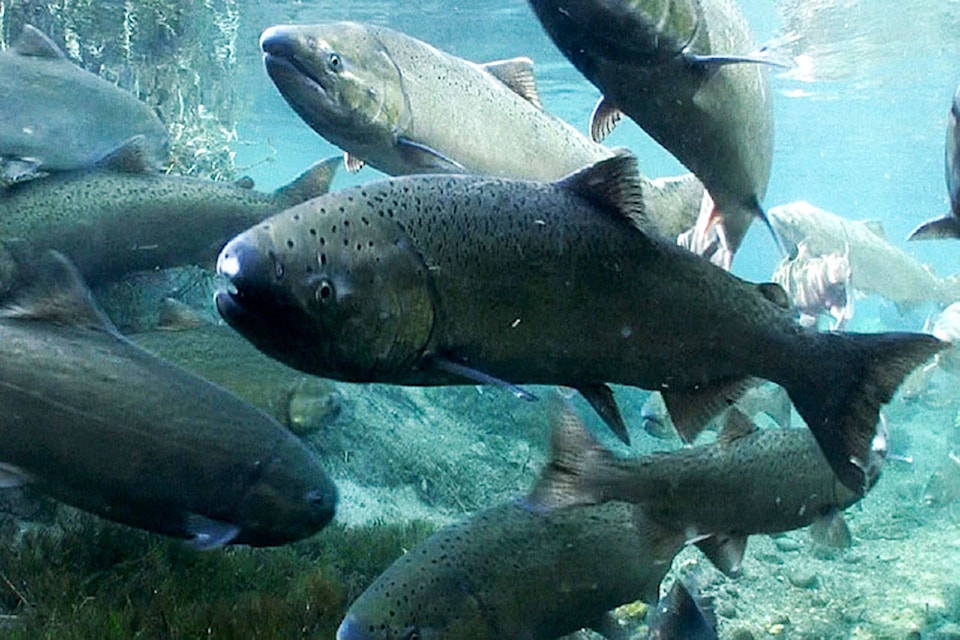Things continue to look dire for this year’s chinook salmon run.
The Vuntut Gwitchin First Nation has announced a voluntary closure until Aug. 9, or until counts improve. Warm weather and low water levels have contributed to a particularly small run in the Porcupine River this year.
VGFN citizens are being encouraged to harvest freshwater fish instead, with smaller mesh nets, and release all salmon that are caught alive.
“We stand in solidarity with all other Yukon River communities who have closed their chinook fishery. We ask our citizens to sacrifice so our children and grandchildren can have salmon,” reads a statement posted by the government.
The Kwanlin Dün First Nation has also asked beneficiaries and citizens not to harvest chinook this season. The Tr’ondëk Hwëch’in Government has also put out a complete withdrawal for fishing the species.
The Yukon Salmon Sub-Committee has asked that people plan not to harvest any chinook this year, due to the low numbers. Every fish harvested will not have the chance to spawn, which means fewer fish four and seven years down the line.
“Most of the fish pass within a two-week period usually, so it goes really quick. When that happens, it doesn’t give you much lead-up. So if things are bad, it’s much harder to shut fisheries down. So that’s why I think everyone’s taking this approach this year is they’re closing things at the beginning because it’s easier to open up than it is to shut them down,” said Elizabeth MacDonald, executive director of the Yukon Salmon Sub-Committee.
Unfortunately, Elizabeth MacDonald, executive director of the Yukon Salmon Sub-Committee, said the numbers are not looking good right now.
“We’re definitely seeing really, really low returns, which is heartbreaking,” she said.
As of July 28, which is estimated to be the halfway point of the run, the salmon estimates at other sonar stations were: 124,000 at Pilot, 15,815 at Eagle, 317 at Porcupine, 2,364 at Pelly, 653 at Klondike and 585 at Big Salmon, according to the Yukon Salmon Sub-Committee. The first fish have also started to arrive at the fish ladder in Whitehorse.
The numbers are much lower than the usual year averages — at Eagle, which is considered to have better accuracy than Pilot, the average for the year is usually more than double the current count.
MacDonald said the harvest is closed on the Alaska side this year as well.
Contact Haley Ritchie at haley.ritchie@yukon-news.com
